I put together a concept animation to show the clean design I'm aiming for;
I am trying to achieve the following design criteria in no particular order;
- 2 Layer PCBs; So that all PCBs can be produced together.
- Bottom PCB is a self contained "brains" module; So that all major components are contained in 1 PCB, it also means that the bottom pcb can be a standalone display.
- Low Cost
- Self assemblable (is that a word?); Trying to keep in mind that self assembly is required for prototyping so using larger 0603 or 0805 and no BGA components where possible
- Attempt to achieve modularity so that in the future the LED Cubular may be expanded to different shapes and sizes
- Arduino Compatible
- Battery Powered
- Only LEDs are shown on the external of the cube; no through hole components.
This is a really useful guide that I'm following to handle the LED matrix using the Max7219 (64 leds managed by 1 chip!) - https://playground.arduino.cc/Main/MAX72XXHardware
 Jack Flynn
Jack Flynn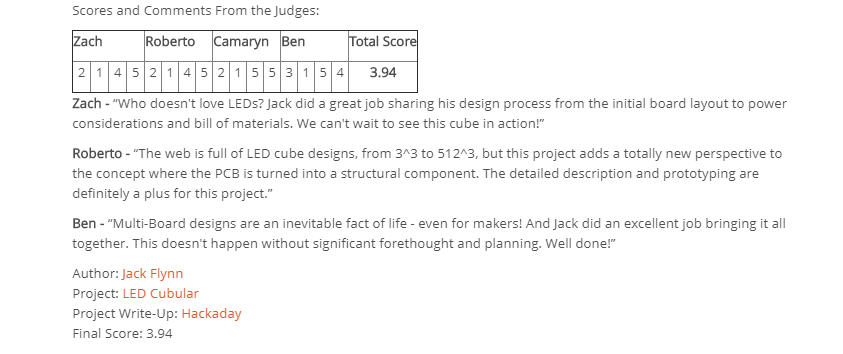
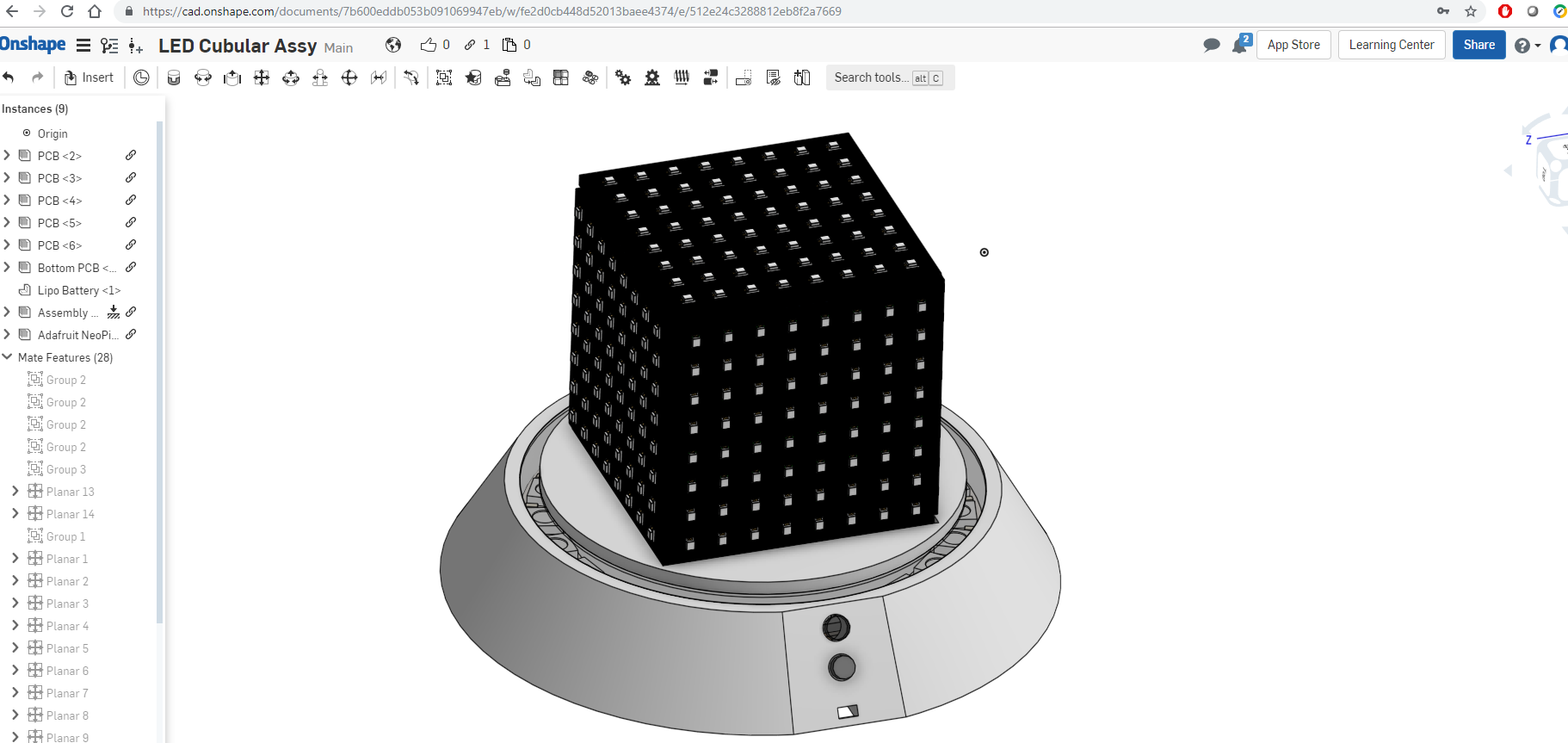
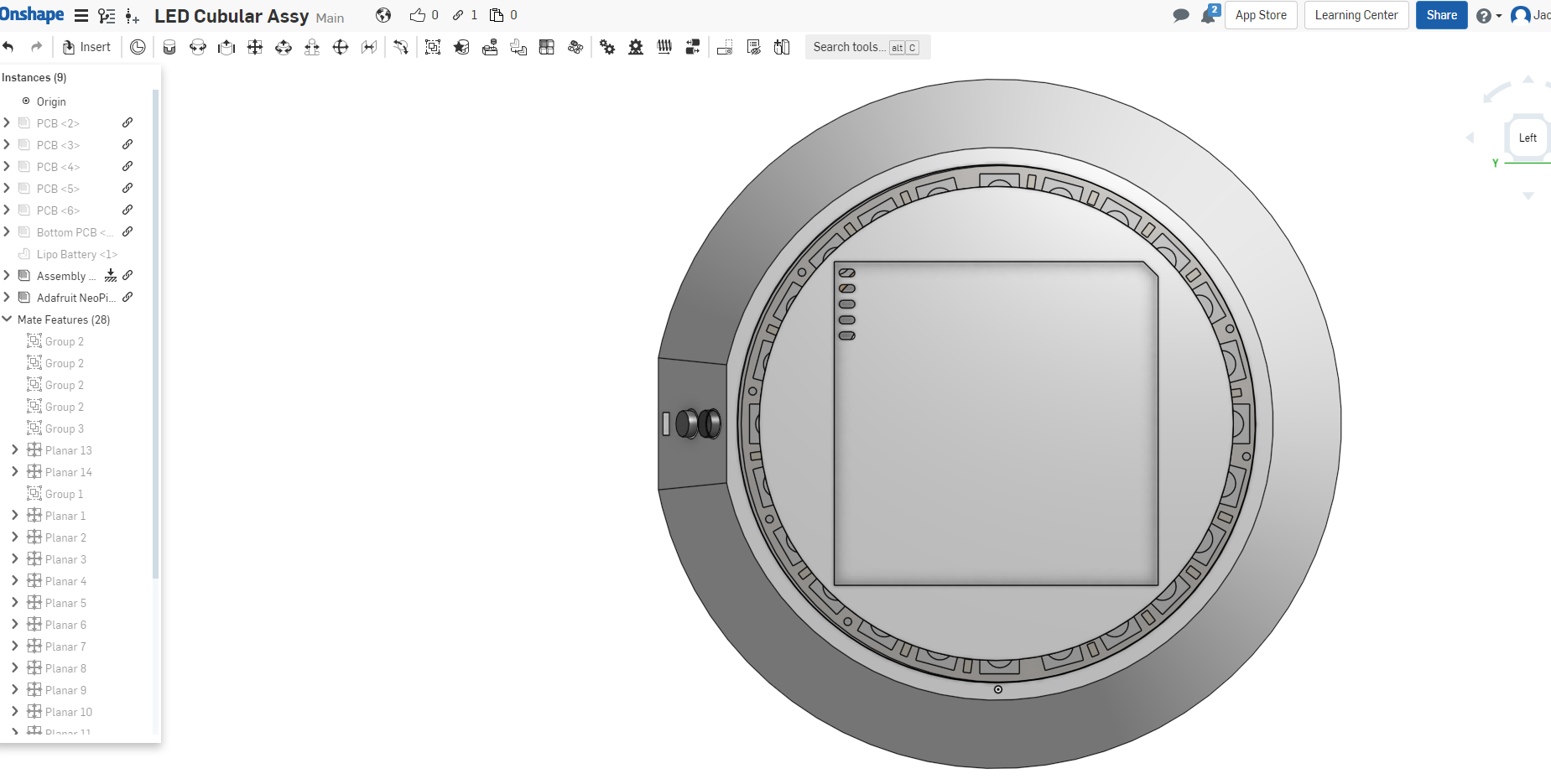
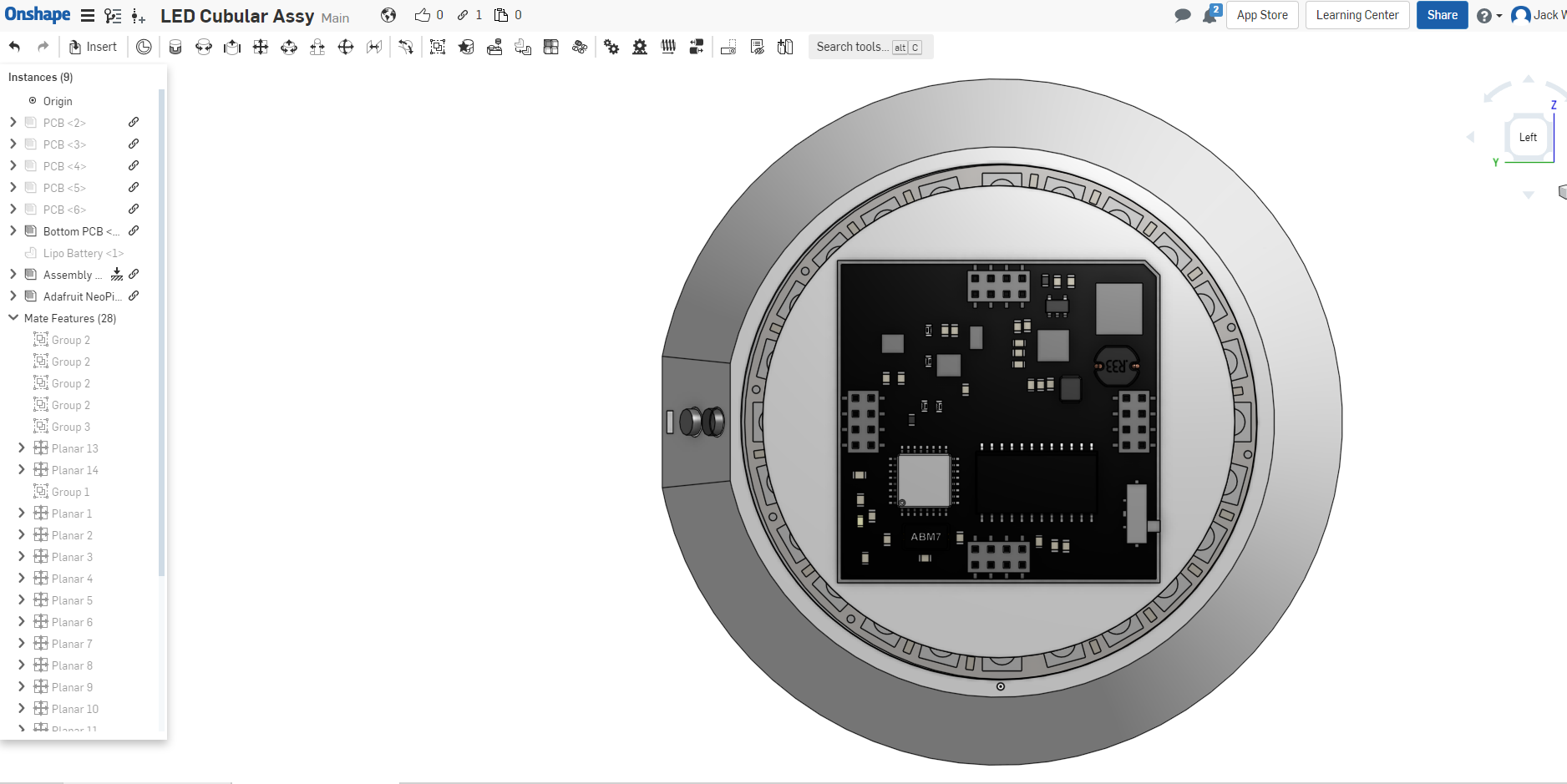

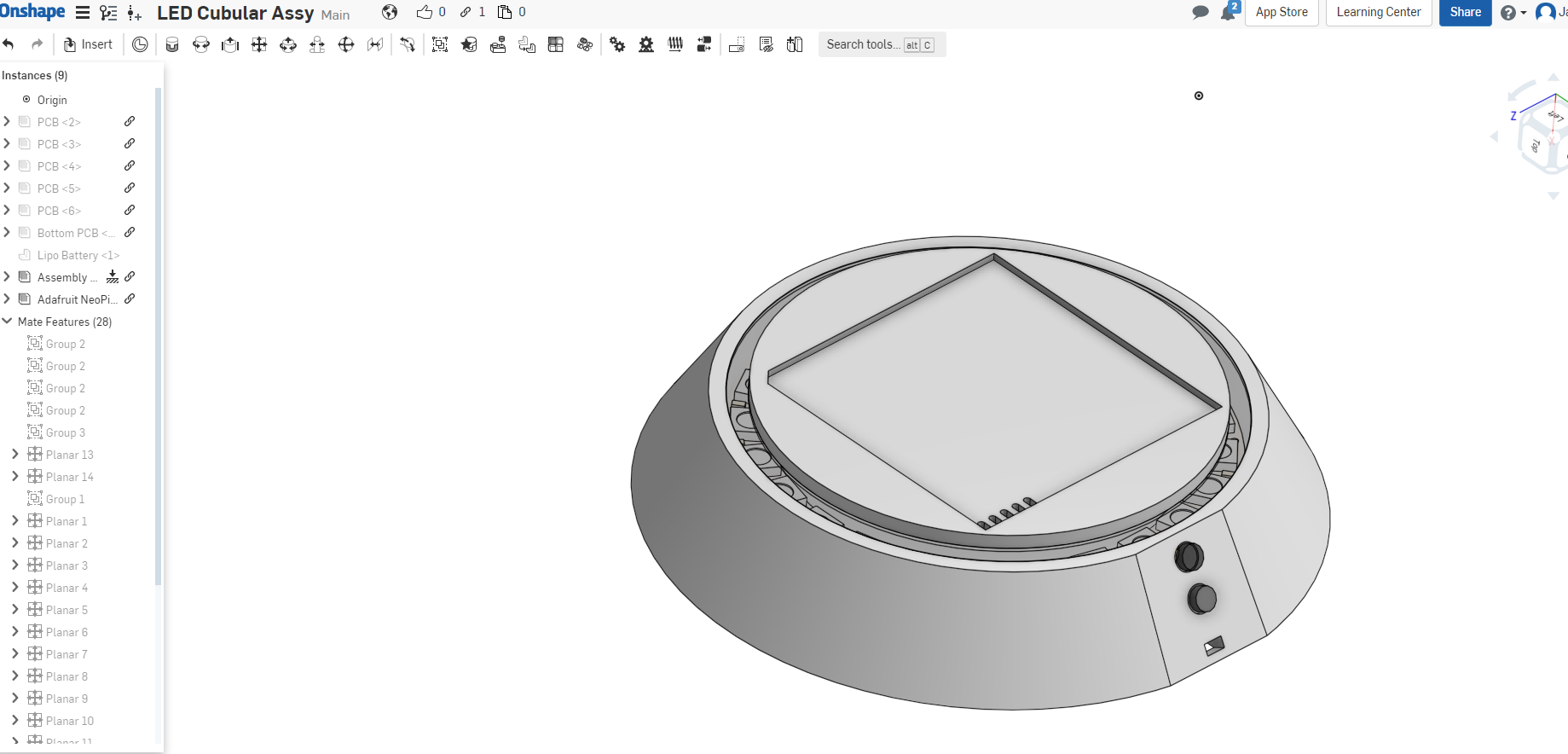

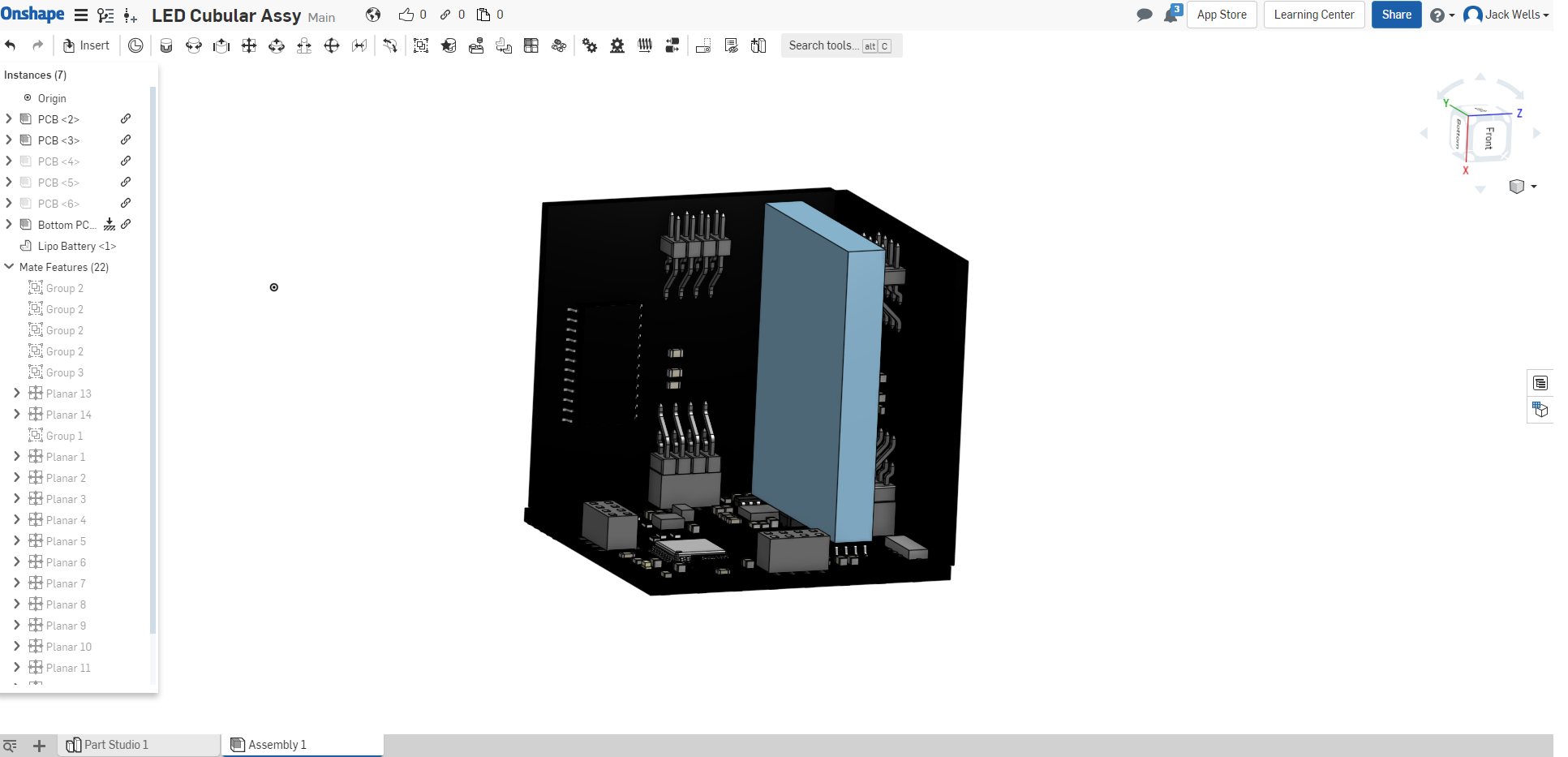
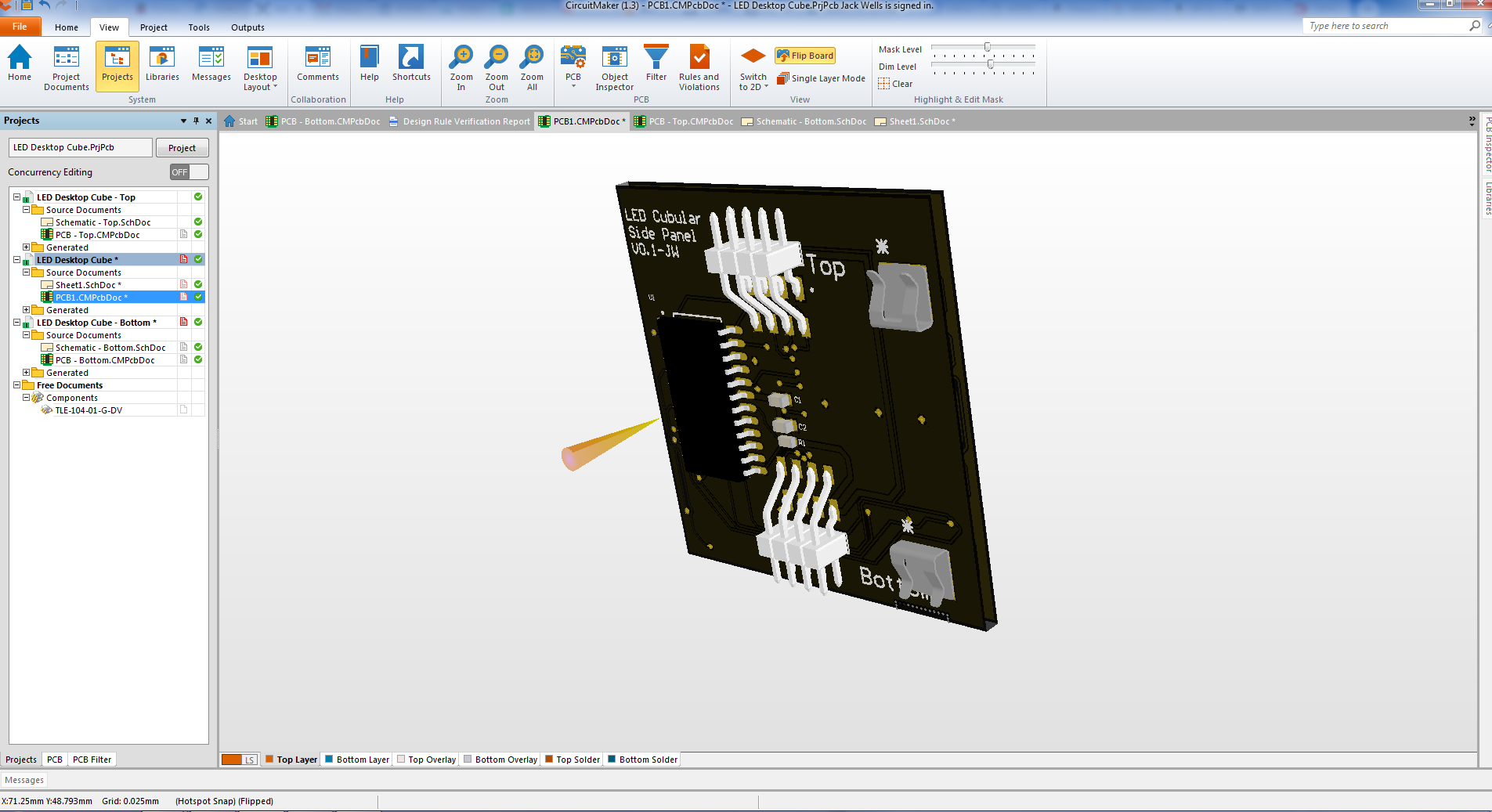
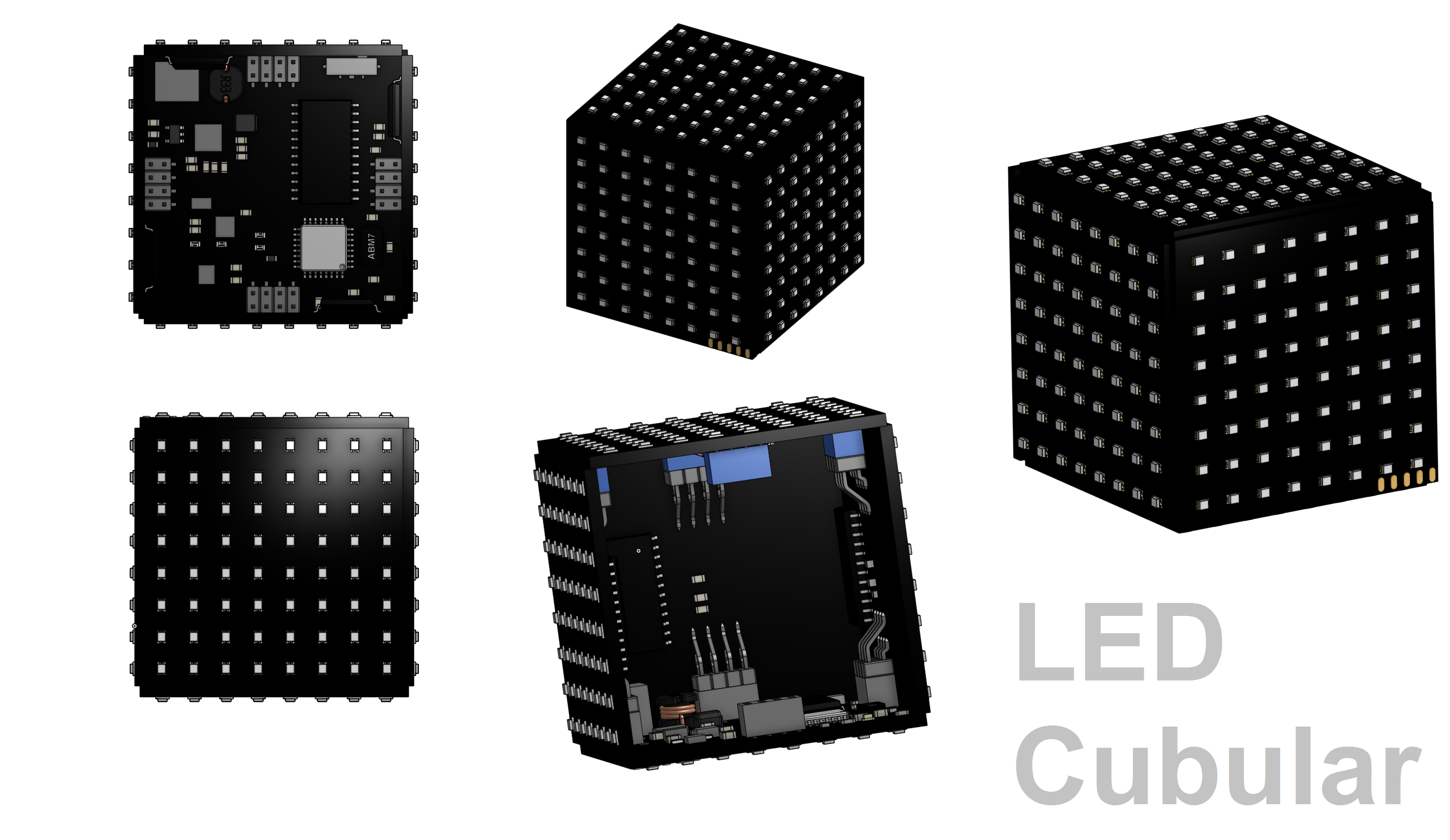



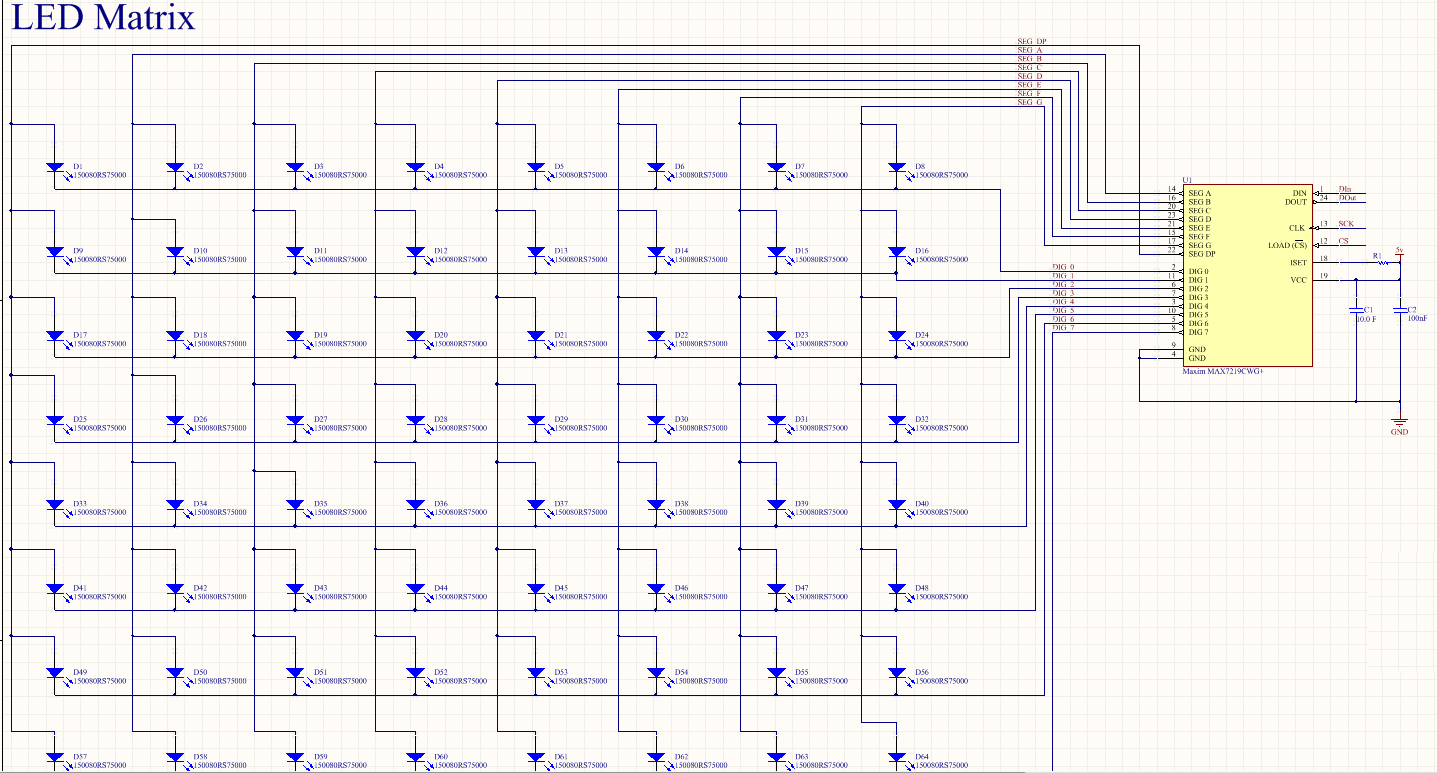
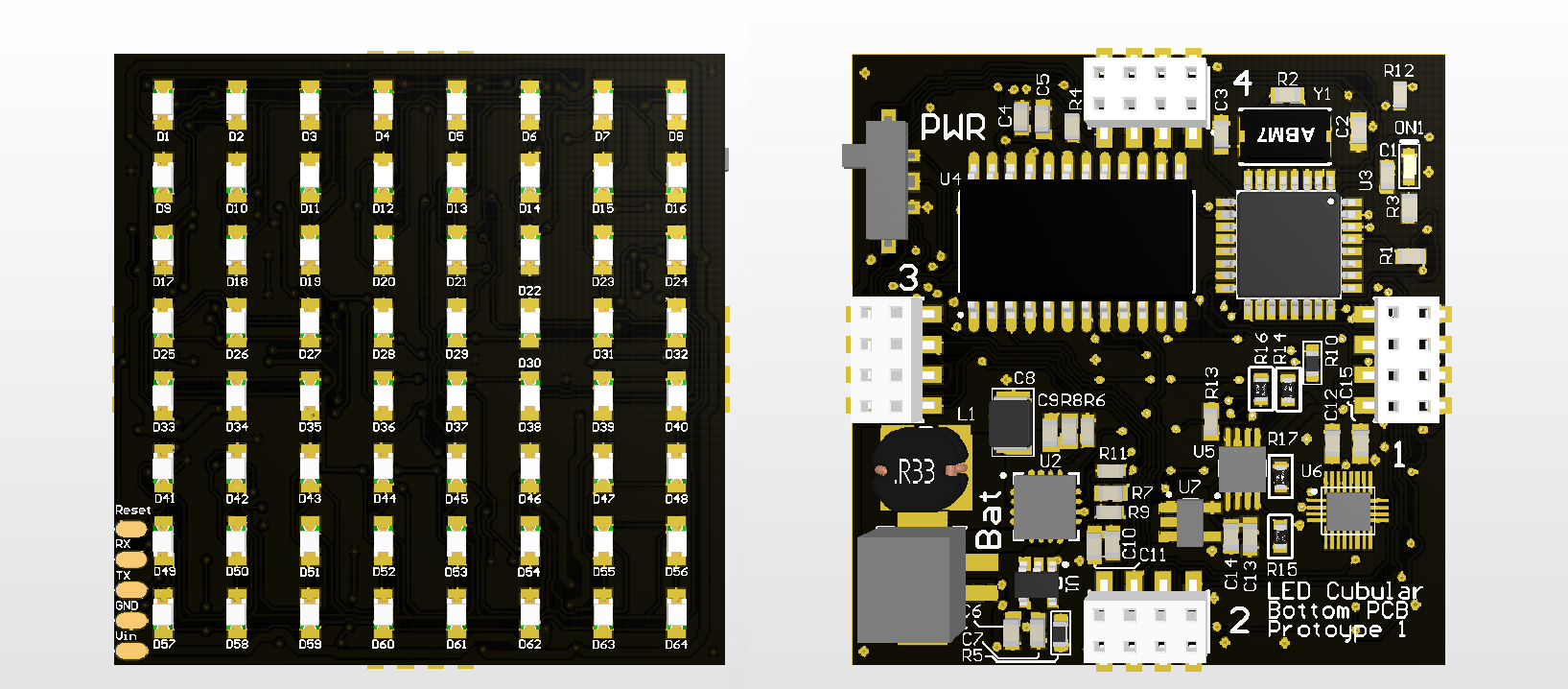
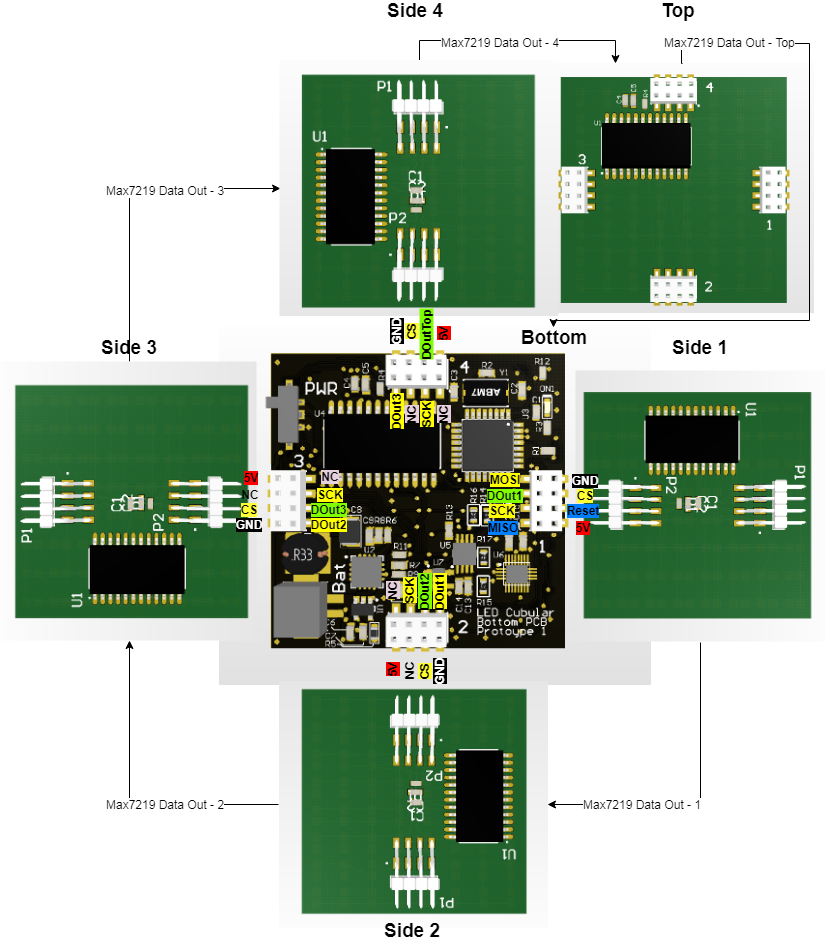
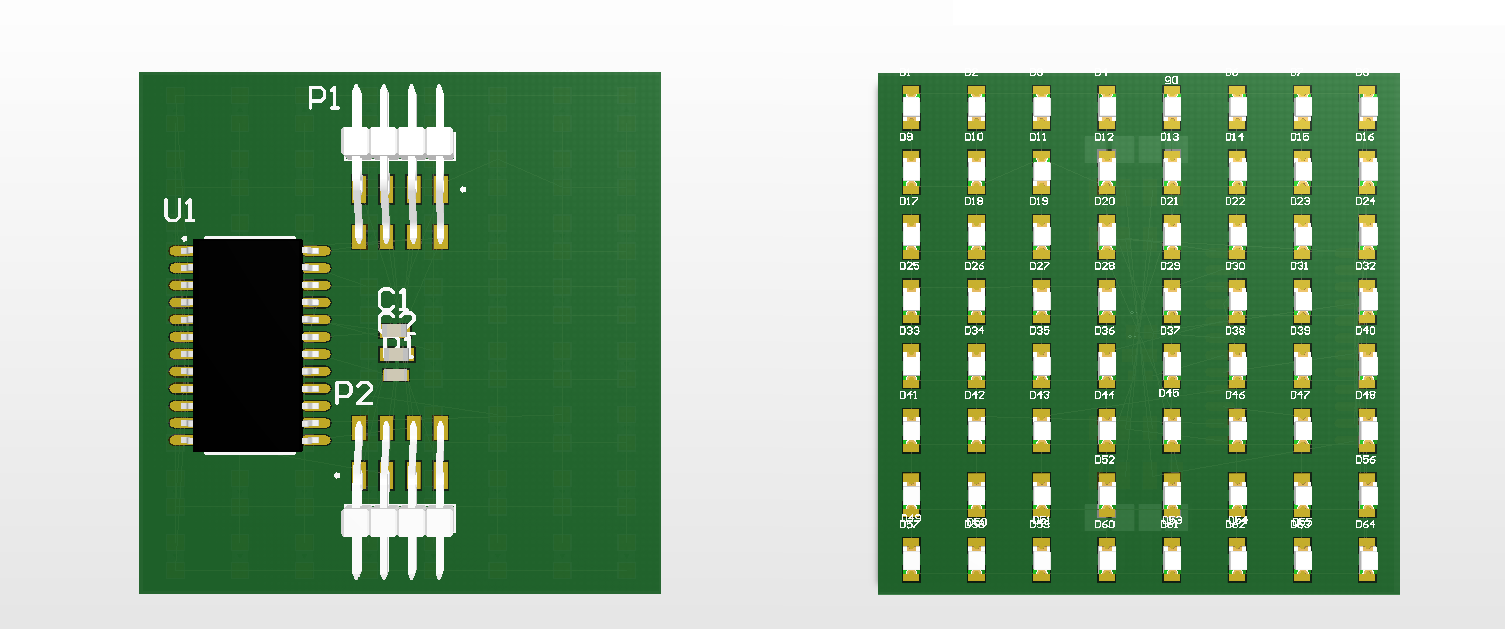
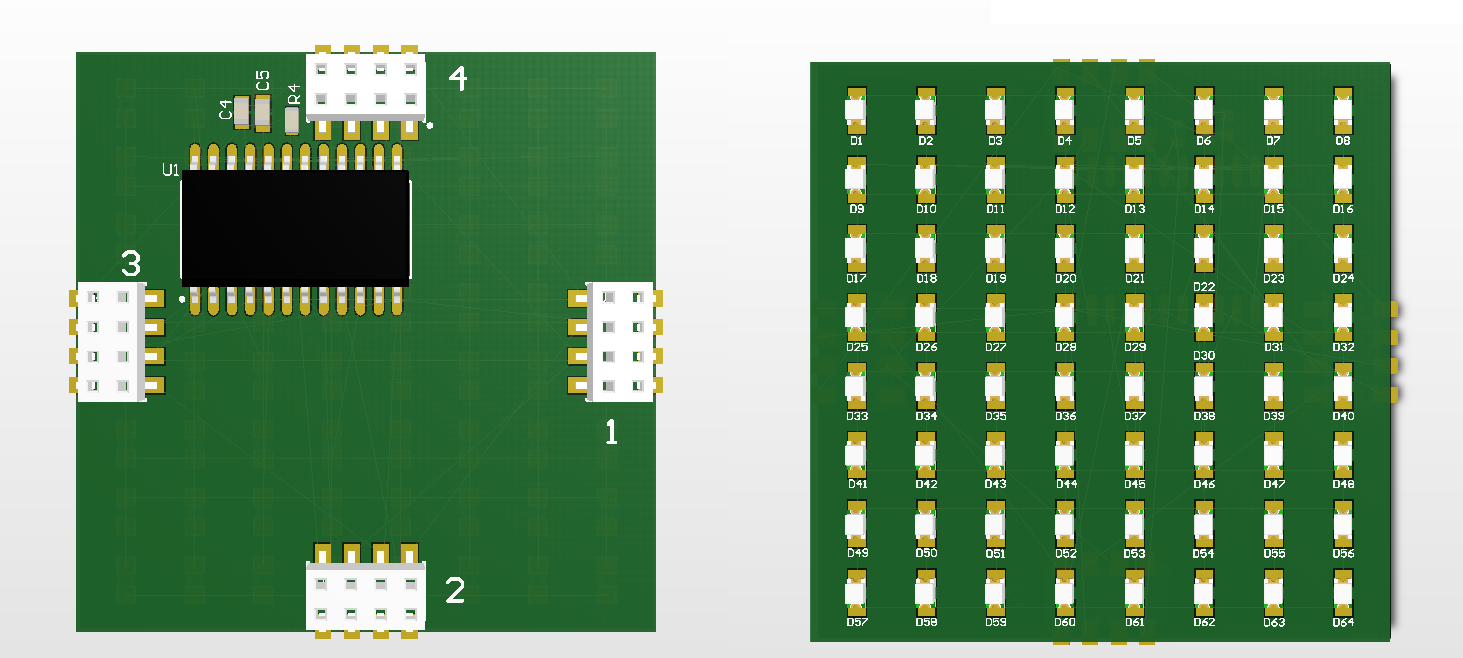
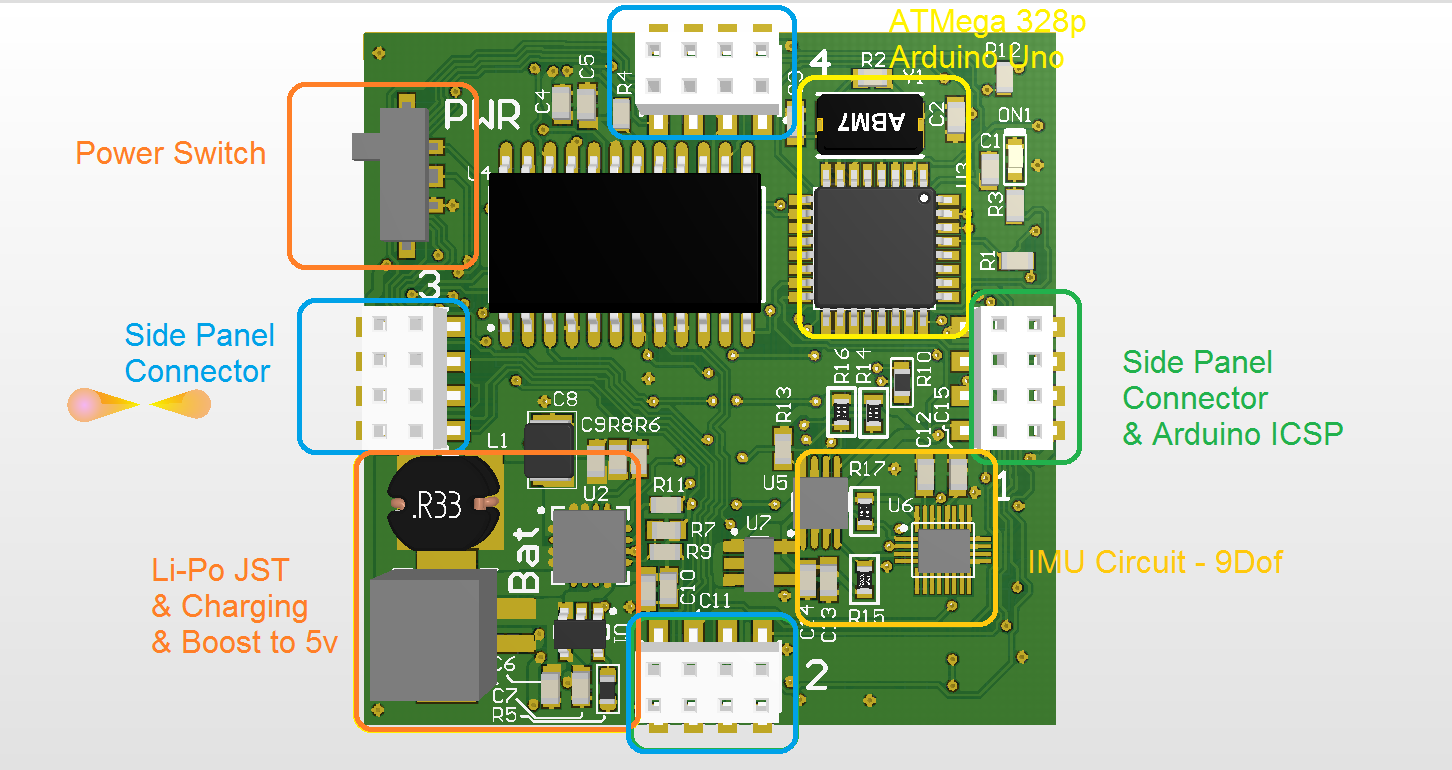
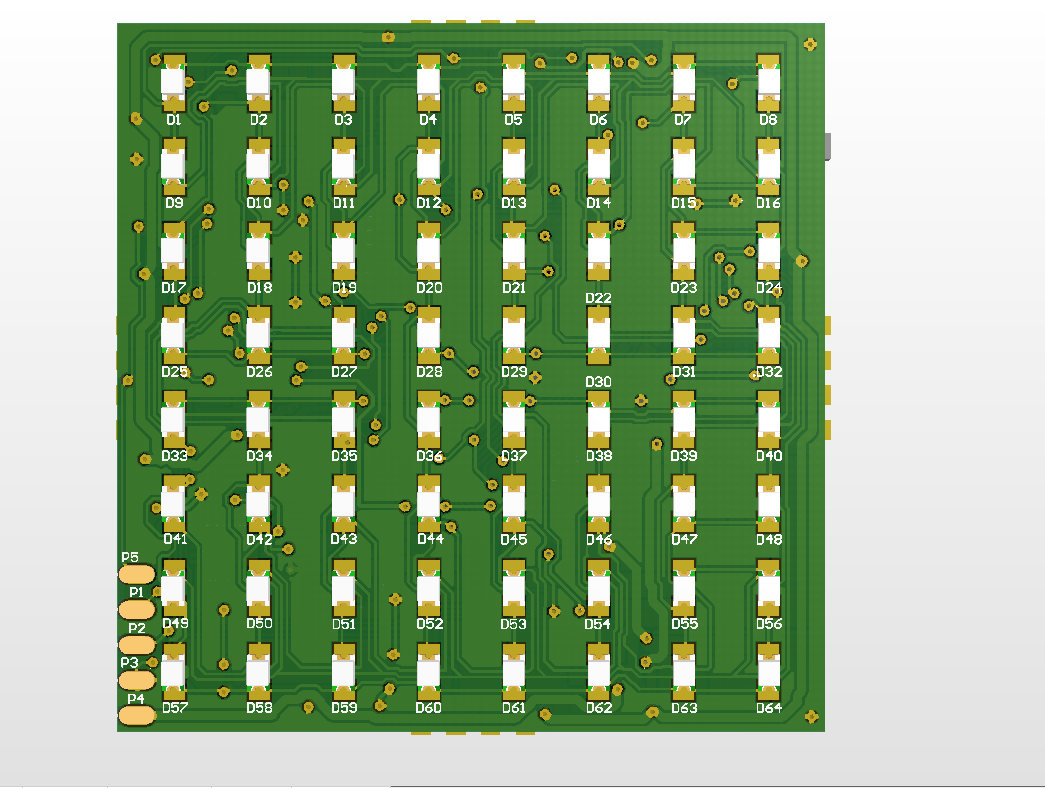




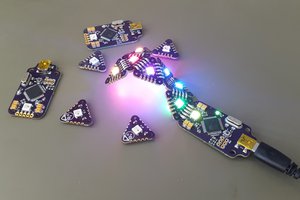
 Arkadi
Arkadi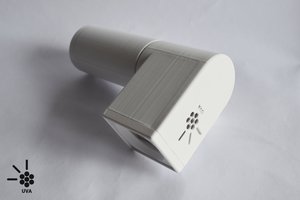
 Said Alvarado Marin
Said Alvarado Marin
 pcadic
pcadic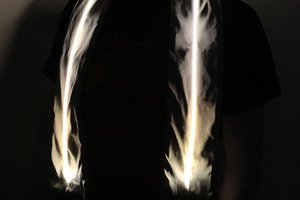
 sky-guided
sky-guided
Congrats on the 2nd place!
Your design is beautiful, it's the kind of thing that could do well in a kickstarter.